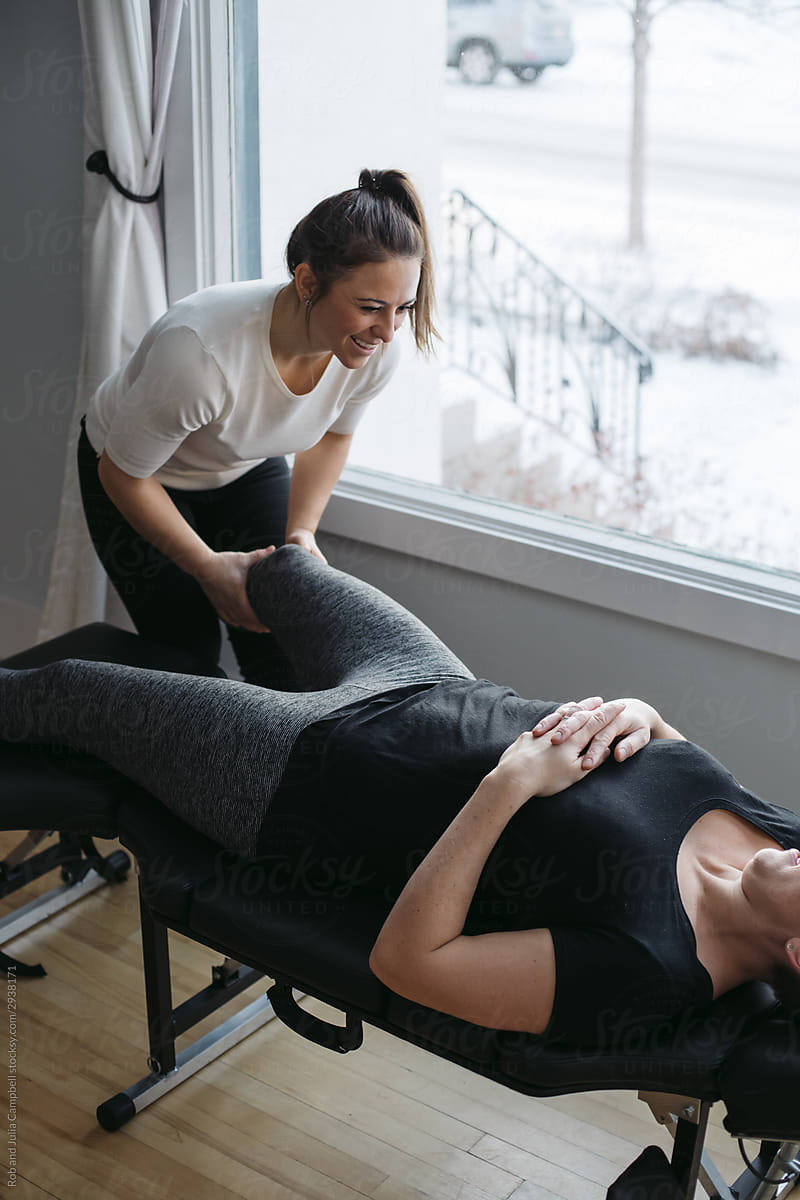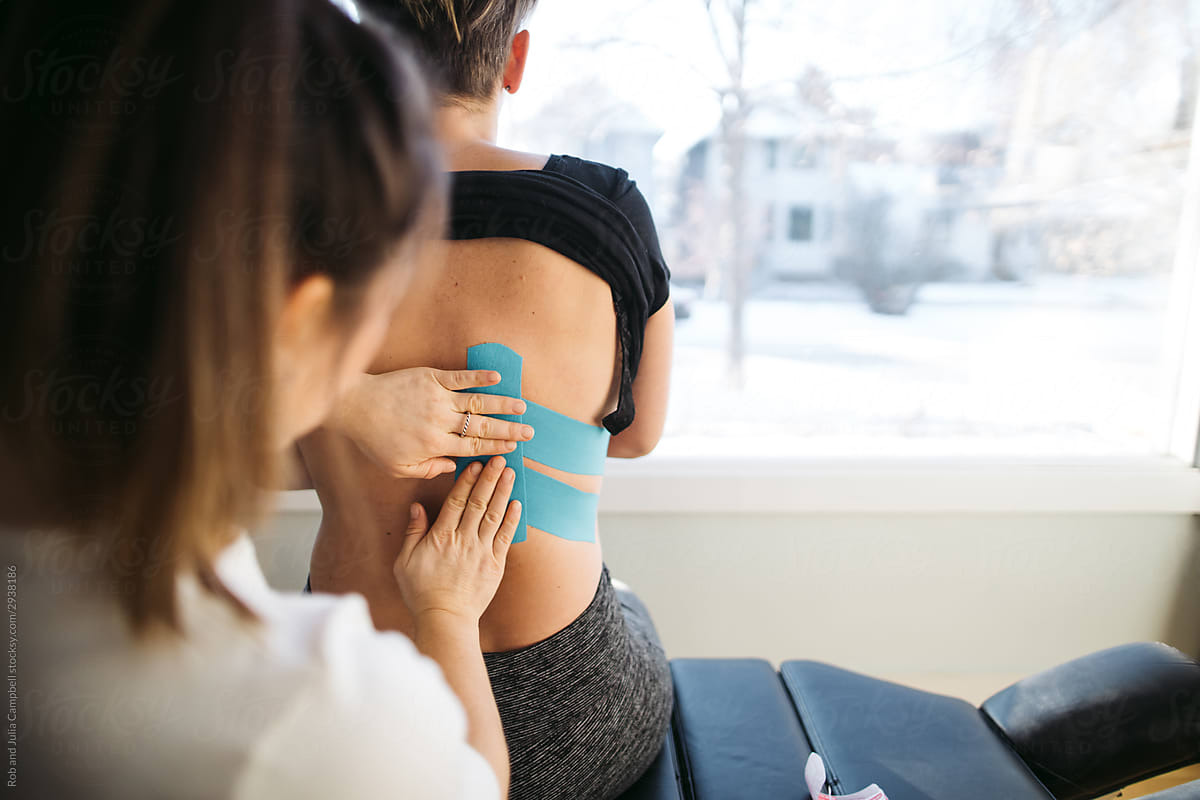We're your physiotherapist
in St Kilda
Book an appointment at our St Kilda physio clinic.
Our St Kilda physiotherapy clinic services patients needing a physio in St Kilda West, Windsor, Balaclava or Elwood.



Our location
Suburbs we service
- Ripponlea
- St Kilda East
- Prahran
- Middle Park
- South Yarra
- Albert Park
- Elsternwick
- Melbourne City
Our physio services
- Sports Physiotherapy
- Bulk Billing Physiotherapy
- Motor Vehicle Injuries
- Post-Natal Physiotherapy
- Remedial Massage
- Women's Health Physiotherapy
- Dry Needling
- Paediatric Physiotherapy
- Posture Correction
- Soft Tissue and Muscle Injuries
- Aged Care Physiotherapy
- Gait and Balance
- Post Surgical Rehabilitation
- Pregnancy Care
- Sports Injury Prevention
What we treat
- Arthritis
- Chronic pain
- Headaches
- Leg pain
- Migraines
- Shoulder pain
- Upper back pain
- Back pain
- Elbow pain
- Hip pain
- Lower back pain
- Neck pain
- Side pain
- Whiplash
- Balance problems
- Fibromyalgia
- Knee pain
- Middle back pain
- Sciatica
- Sports injuries
- Wrist pain
Physio near me
Searching; physio near me, physio St Kilda or physiotherapy in St Kilda?
Our team of physio's service patients from all over Melbourne, though most come from nearby suburbs such as St Kilda West, Windsor and Balaclava.
Whether you need help with an existing injury, rehabilitation, soft tissue therapy or joint manipulations, we consider ourselves the best physios and physiotherapy clinic in St Kilda.
Find us online
Physio St Kilda is (from our research) one of the most common searches our patient's use to find us, followed by Physiotherapist St Kilda and interestingly, Physiotherapy St Kilda. Patients often search us by suburb first, however, and as a result, some other typical searches include St Kilda Physio, St Kilda Physiotherapist and or St Kilda Physiotherapy. Though not a direct variation to the two above, a broader approach is often taken with a search like; physio near me, or if a practice is more intended then physiotherapy near me is quite often the search. We have found that depending on the demographics the use of the word 'in' features quite heavily, and so we'll often see Physio in St Kilda, Physiotherapist in St Kilda and Physiotherapy in St Kilda as common phrases. In the end, we do our best to be as visible and accessible for our patients in and around our local area as possible.
St Kilda profile
An inner seaside suburb of Melbourne, Victoria, St. Kilda sits 6 kilometres away from the city’s CBD. St. Kilda’s total land area is 3.2 km2, and it is home to 20,230 residents, according to the 2016 census.
The suburb is in the local government area of the City of Port Phillip and is bordered by the suburbs of St. Kilda West, St. Kilda East, Windsor, Elwood and Balaclava.
History of St. Kilda
The suburb was named in 1841 by Carles La Trobe, a superintendent of the Port of Phillip District, after the schooner Lady of St. Kilda. Before that, St. Kilda was known by several names, like “Green Knoll”, “Punk Town” and “The Village of Fareham”.
It is believed that the area was already inhabited 40,000 years ago, where evidence such as shellfish middens, huts and axes were found.
The first European to settle in the area was Benjamin Baxter around 1839. A year after, St. Kilda became the home to Melbourne’s first quarantine station for immigrants from Scotland.
Around the 1840s, land sales and subdivisions took place in the area. Within a few years, St. Kilda became an area for the wealthy with the indigenous peoples living around the suburb being driven out.
In 1857, St. Kilda became a separate municipality and a local railway line also opened in the same year, connecting it to Melbourne city. The railway opened St. Kilda to more settlers and visitors to come to the suburb. By the mid-1860s, St. Kilda already had 15 hotels and residents were building mansions, villas and grand terraces.
By the 19th century, The suburb then became a popular location for Melbourne’s wealthier Jewish community up until the end of World War II.
Around the 1960s, St. Kilda became the city’s “red light” district and also Melbourne’s leading areas for bohemianism.
Gentrification began in the suburb in the late 1980s, which also led to the decline of the bohemian and artistic vibe of the suburb.
Facilities Around St. Kilda
Known as Melbourne’s beachside playground, St. Kilda has many activities to offer and places to visit for residents and tourists alike.
The main street in the suburb is Fitzroy Street, where a strip of cafes, restaurants, and outdoor pubs serving various cuisines are found. Wine bars, outdoor terraces, boutiques and other speciality shops on Acland St, also a busy street in St. Kilda.
Having deep roots in arts and culture, St. Kilda has three main theatres: the National Theatre - a performing arts venue and home to Australia’s oldest ballet school; the Palais Theatre - live music and concert venue; and the Astor Theatre - an art deco styled cinema that has its own year-long film festival.
Several tourist destinations are found across the suburb such as Luna Park, St. Kilda Pier and St. Kilda Beach. Grand historic hotels continue to operate in St. Kilda, like the Esplanade Hotel, which was built in 1878.
There are several schools in St. Kilda, including St. Kilda Primary School, St. Kilda Park Primary School, St. Michael’s Grammar School and Christian Brothers College.
To get around, several tram routes are found in the suburb, which also connects St. Kilda to the Melbourne CBD. St. Kilda also has water transport in the form of ferries and private boats.
Famous Destinations Around St. Kilda
St. Kilda Beach
This beach is popular to both residents and tourists with plenty of activities to do by the sea. Cycling, rollerblading along the foreshore, kiteboarding, paddle boarding and fishing are just some of the activities that most visitors do here on this beach.
Luna Park
This historic amusement park is located right on the foreshore of Port Phillip Bay. Thrilling rides and fun attractions will keep visitors busy for the whole day.
St. Kilda Pier
This pier offers beautiful panoramic views of Melbourne and Port Phillip Bay. It is famous for cycling, skating, strolling and fishing. At the same time, the breakwater in this pier is home to St. Kilda’s Little Penguin colony, which is a famous tourist attraction.